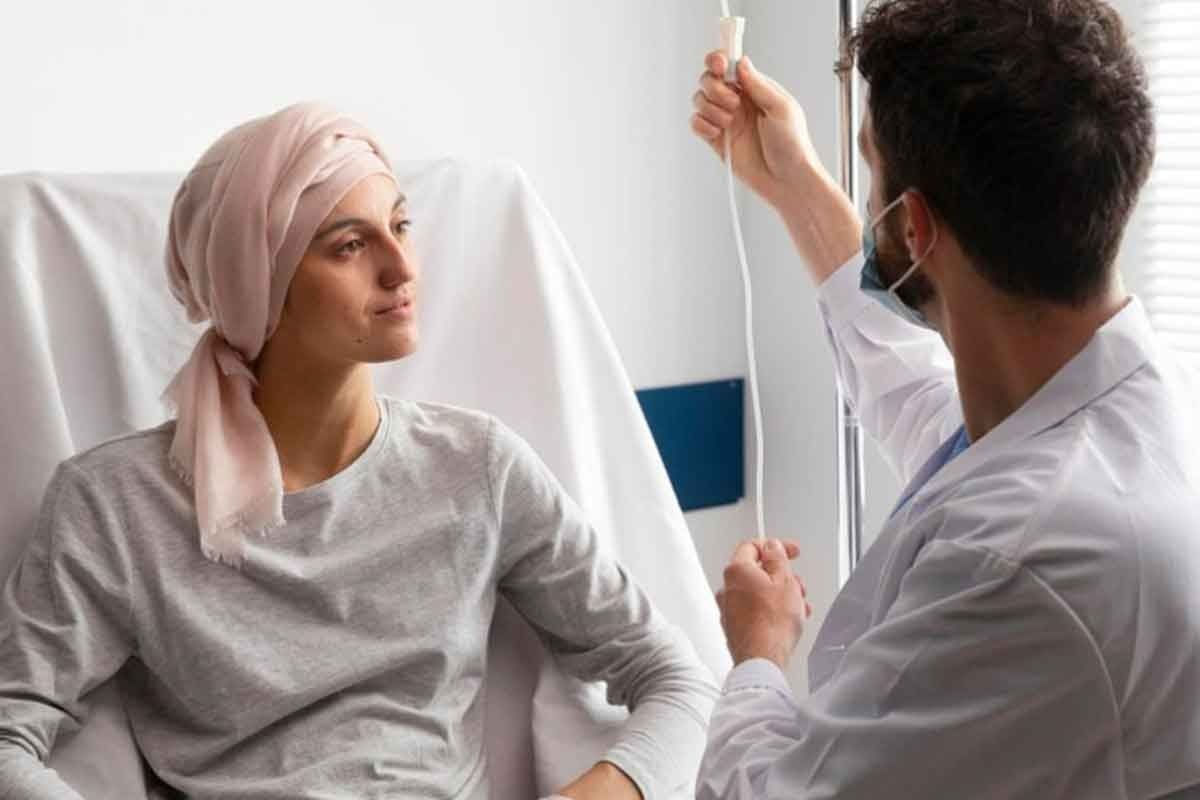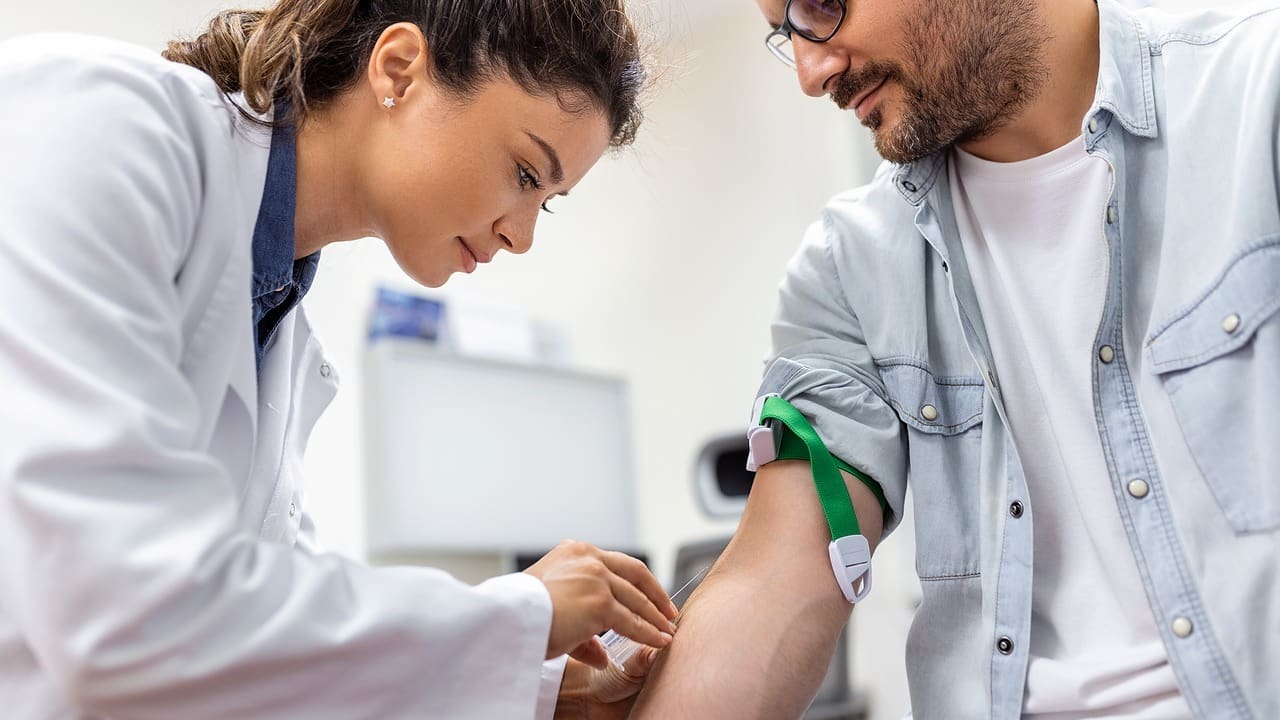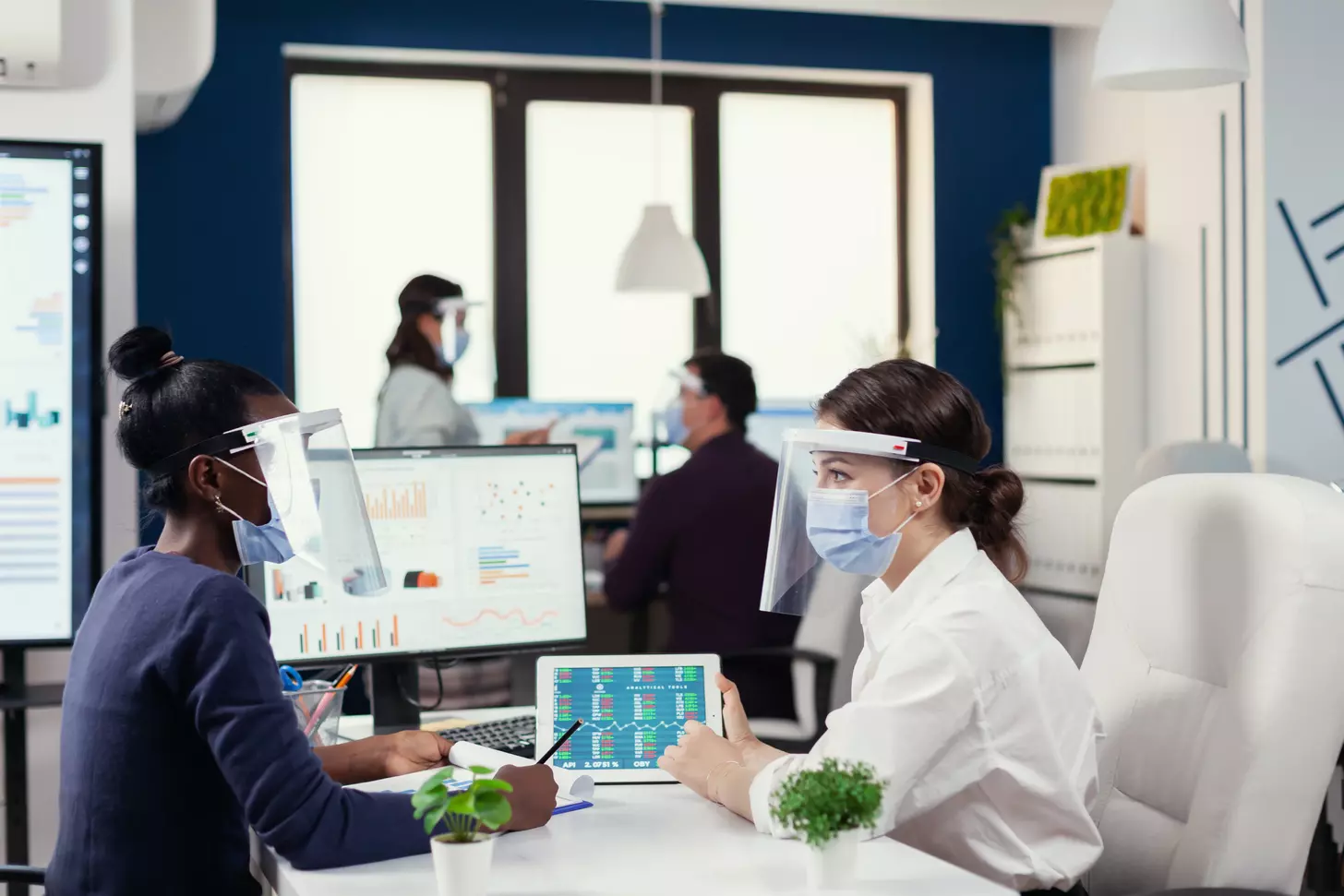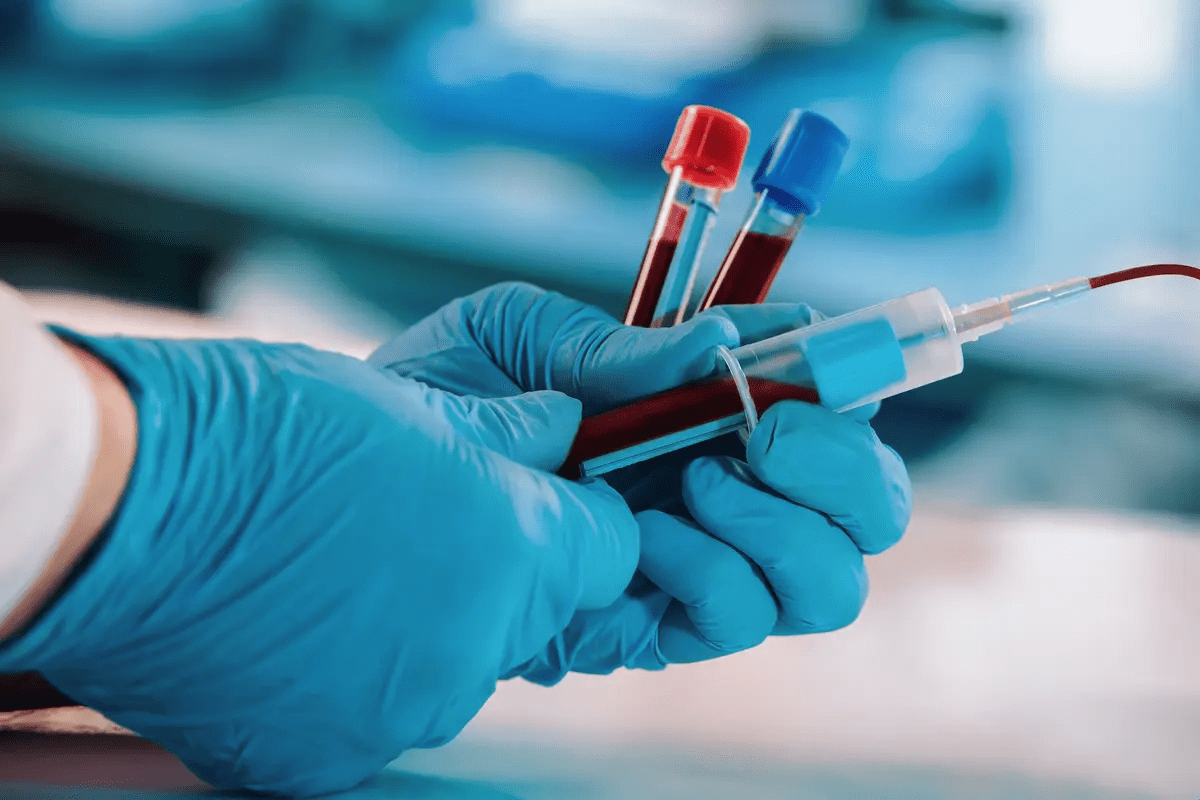Last Updated on November 26, 2025 by Bilal Hasdemir
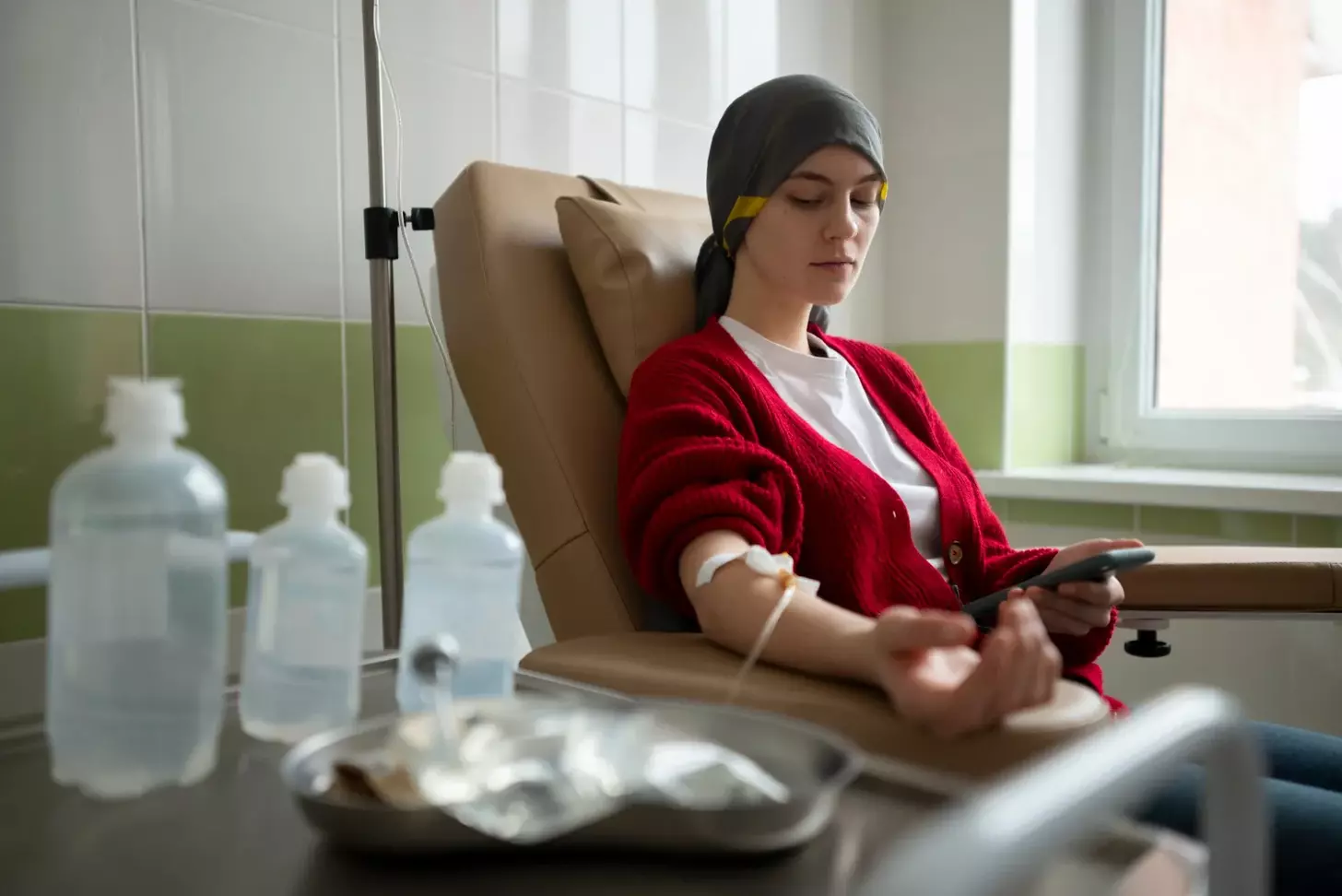
After your second chemotherapy treatment, side effects can start within hours to days. They often begin with nausea, fatigue, and gastrointestinal symptoms. At Liv Hospital, we focus on managing these side effects and helping you recover.
Our patient-centered approach is internationally recognized. It empowers you to face each stage of recovery with confidence and support.
Research shows that exercise can lengthen survival times and lower recurrence risk for many cancers. While on chemotherapy, finding the right balance between rest and activity is key. Our team is here to offer you the care and guidance you need during your treatment.
Key Takeaways
- Side effects after the second chemotherapy treatment can vary significantly from person to person.
- Nausea, fatigue, and gastrointestinal symptoms are common initial side effects.
- Exercise can help manage side effects and improve overall well-being.
- Our patient-centered approach at Liv Hospital provides extensive support throughout your recovery.
- Understanding the timeline of side effects can help you prepare for the recovery process.
The Second Round: How Your Body Responds Differently
As you get ready for your second chemotherapy treatment, it’s important to know how your body might react differently. The first treatment is just the beginning. The second treatment can bring new challenges because of the way chemotherapy builds up in your body.
Cumulative Effects of Chemotherapy
Many things can affect how your body reacts to chemotherapy. These include the type of cancer, the chemotherapy you’re getting, and your own health. Knowing these can help you prepare for the second treatment.
Why the Second Treatment May Feel Different
The second chemotherapy treatment can feel different for several reasons. You’ve already had some side effects from the first treatment, so you know what to expect. Your body might not have fully recovered from the first treatment, making side effects worse. Also, your mental and emotional state can change how you feel about the treatment.
Talking to your healthcare team about any concerns or changes is key. They can help manage side effects and support you through this tough time.
Physical and Emotional Preparedness
Being physically and emotionally prepared can greatly help you cope with the second chemotherapy treatment. Eating well, staying hydrated, doing gentle exercise, and using stress-reducing techniques like meditation can help.
| Preparation Strategy | Benefits |
|---|---|
| Healthy Nutrition | Supports overall health, helps manage side effects |
| Hydration | Reduces risk of dehydration, helps flush out toxins |
| Gentle Exercise | Improves circulation, boosts mood, reduces fatigue |
| Stress Reduction Techniques | Helps manage anxiety, improves mental well-being |
If you’re getting chemotherapy every 3 weeks, planning your recovery is key. Knowing the possible side effects and being prepared can help you get through this tough time better.
Chemotherapy Side Effects Timeline: From Infusion to Recovery
Knowing the timeline of chemotherapy side effects is key for patients. Chemotherapy impacts people in different ways. Being aware of side effects at each stage helps manage expectations and improves well-being.
Immediate Reactions (First 24 Hours)
The first 24 hours after chemotherapy are critical. The body starts reacting to the treatment. Some may feel nausea, fatigue, or allergic reactions. Following the healthcare team’s instructions is vital for managing symptoms. Having a support system is also important.
Short-Term Effects (Days 1-7)
After chemotherapy, patients may face short-term effects. These include stomach issues, hair loss, and blood count changes. Staying hydrated and eating well can help. Regular talks with the healthcare team are key during this time.
Medium-Term Effects (Weeks 1-3)
Medium-term effects may show up as the body continues to adjust. These can include lasting fatigue, skin changes, and nail problems. Self-care strategies, like rest and relaxation, can help manage these symptoms.
Long-Term Effects (Months and Beyond)
Some side effects can last for months or years after treatment. Long-term effects include neuropathy, cognitive changes, and a higher risk of infections. Ongoing monitoring and follow-up care with the healthcare team are essential for addressing these issues.
Studies show that exercise and healthy habits can boost immune function and reduce inflammation during chemotherapy. Understanding the side effects timeline and taking proactive steps can improve the treatment journey and quality of life.
When Do Chemo Side Effects Start After the Second Treatment?
Knowing when chemotherapy side effects start after the second treatment is key to managing your health. These side effects can start at different times for everyone. It’s important to know what to expect.
Immediate Onset Symptoms
Some people may feel immediate onset symptoms right after the second treatment. These can include reactions at the infusion site, allergic reactions, or stomach problems like nausea and vomiting.
Your body might react right away to chemotherapy. Being ready for these side effects can help you manage them better.
Delayed Onset Symptoms
Others might experience delayed onset symptoms a few days later. These can include feeling very tired, losing hair, or changes in blood counts.
Delayed symptoms can be tough too. Knowing when they might happen can help you prepare and cope.
Comparing Onset to Your First Treatment
It’s also good to compare how you feel after the second treatment to the first. Your body might react differently each time. This could be because of the treatment’s effects adding up or changes in your health.
Keeping track of your symptoms and when they happen is very helpful. It lets you spot patterns and talk about them with your healthcare team.
By knowing when side effects might start after the second treatment, you can get ready. You can also work closely with your healthcare providers to handle these effects well.
How Many Days After Chemo Do You Feel Sick?
Knowing when chemotherapy side effects start is key to managing your treatment. Chemotherapy affects the whole body. Its side effects can show up in many ways and at different times.
Many patients start feeling sick 24 to 48 hours after treatment. Symptoms usually get worse around the third to fifth day. But, everyone’s experience is different.
Common Patterns of Symptom Development
While everyone’s experience is unique, there are common patterns. Side effects can be immediate, short-term, or long-term.
- Immediate Effects: Some people feel sick right away, like nausea or fatigue, within 24 hours.
- Short-Term Effects: These happen in the first week. Symptoms include hair loss, mouth sores, and bowel changes.
- Long-Term Effects: These can last months after treatment. They include neuropathy, cognitive changes, and a higher risk of infections.
Individual Variations in Response
Everyone reacts differently to chemotherapy. Your health, the treatment you get, and your genes play a big role. This affects when and how side effects show up.
For example, some people get really sick, while others don’t. Knowing this helps doctors and patients plan better care.
Tracking Your Personal Timeline
Keeping track of your side effects is very helpful. A symptom journal can show patterns and help predict when symptoms will come back.
- Write down when you had chemotherapy.
- Record any symptoms, how bad they are, and how long they last.
- Tell your doctor about your journal to adjust your treatment plan.
By understanding common symptoms and tracking your own, you can prepare for and manage side effects better.
What to Expect After 2nd Chemo Treatment: Common Side Effects
Knowing what to expect after your second chemo treatment can make things easier. Chemotherapy fights cancer but can cause side effects. After the second treatment, you might feel a mix of familiar and new symptoms.
Gastrointestinal Symptoms
Gastrointestinal symptoms are common after chemotherapy. These include nausea, vomiting, diarrhea, and constipation. To manage these, you can take anti-emetic meds and eat smaller meals.
Try to avoid fatty or spicy foods. Staying hydrated is also key to feeling better.
Fatigue and Energy Fluctuations
Fatigue is a common side effect, making you feel very tired. Exercise can help reduce this feeling. Try walking or yoga.
It’s important to balance rest and activity. Prioritize tasks and take breaks when needed. Listening to your body helps manage fatigue.
Blood Count Changes and Infection Risk
Chemotherapy can lower blood counts, making you more prone to infections. It’s vital to monitor your blood counts. Your healthcare team may adjust your treatment plan.
- Wash your hands frequently
- Avoid close contact with people who are sick
- Stay away from crowded places
Skin and Nail Changes
Skin and nail changes are common during chemotherapy. You might experience dry skin, rashes, or nail brittleness. Use gentle skin care and keep nails trimmed.
Avoid too much sun and use sun protection when outside. Understanding these side effects can help you prepare for chemotherapy. Knowing what to expect and how to manage symptoms can make your treatment journey easier.
When Does Chemo Hit You the Hardest? Identifying Peak Days
Patients going through their second round of chemotherapy worry about the worst side effects. Knowing when these side effects will hit can help them prepare.
The Typical Worst Days
Studies show that the toughest days usually come days 3-5 after treatment. During this time, patients often feel more tired, nauseous, and experience other symptoms.
Signs That Side Effects Are Peaking
It’s important to know when side effects are getting worse. Look out for:
- Increased fatigue
- Heightened nausea or vomiting
- Changes in bowel movements
- Significant hair loss
Preparing for Your Difficult Days
Getting ready for tough days after chemo is essential. Here are some steps to take:
| Preparation Strategy | Description |
|---|---|
| Medication Management | Make sure you have the right meds for symptoms like nausea and pain. |
| Nutrition Planning | Plan your meals ahead, choosing foods that are easy to digest. |
| Rest and Relaxation | Focus on resting and doing things that relax you to fight fatigue. |
When Symptoms Indicate a Problem
While side effects are common, some symptoms are serious. If you have:
- Severe pain or trouble breathing
- Fever or signs of infection
- Severe nausea or vomiting that makes it hard to keep fluids down
Knowing when chemo will be toughest and how to handle it can help patients through their treatment.
How Long Do Chemotherapy Side Effects Last After Second Treatment?
Knowing how long side effects last after the second treatment is key for recovery. Side effects’ duration varies by person, depending on the chemotherapy type, health, and other conditions.
Short-Term Side Effects
Short-term side effects happen within days to weeks after treatment. They include gastrointestinal symptoms like nausea and diarrhea, as well as fatigue. Most people start feeling better in a few weeks, but it varies.
Some feel tired or nauseous right away, while others notice side effects later. Knowing this helps patients and caregivers plan for recovery.
Persistent Side Effects
Persistent side effects can last weeks to months. These include ongoing fatigue and changes in skin and nails. The exact time depends on the treatment and the patient.
Talking to a healthcare provider about treatment plans is vital. It helps manage these long-lasting side effects.
Recovery Timeline Between Treatments
Recovery time between treatments varies. Some recover fast, while others take longer. This depends on the chemotherapy, health, and side effect management.
Staying healthy helps recovery. Eating well, exercising, and drinking water are important. Exercise can also lower cancer risk.
Cumulative Effects to Anticipate
Cumulative effects build up over treatments. After the second treatment, side effects may worsen. Understanding these helps prepare for future treatments.
Working with healthcare teams is key. They help manage side effects and improve life quality during and after treatment.
When to Contact Your Healthcare Team
As you start your second chemotherapy treatment, it’s key to know when to ask for help. Your healthcare team is there to support you. Knowing when to reach out can greatly affect your treatment and health.
Emergency Warning Signs
Some symptoms need immediate help from your healthcare team. If you see any of these emergency signs, call your healthcare providers or go to the emergency room right away:
- Fever above 100.4°F (38°C)
- Severe pain not relieved by medication
- Signs of infection, such as redness, swelling, or pus
- Difficulty breathing or shortness of breath
- Chest pain or tightness
- Severe nausea or vomiting that prevents keeping down fluids
- Bleeding or bruising that doesn’t stop
- Confusion, dizziness, or fainting
Act fast if you see these symptoms. Quick medical help can make a big difference.
Non-Emergency but Concerning Symptoms
Some symptoms are not life-threatening but need attention. If you’re dealing with these, it’s wise to talk to your healthcare team:
- Changes in appetite or difficulty eating
- Fatigue or weakness that interferes with daily activities
- Mood changes, such as depression or anxiety
- Skin or nail changes
- Constipation or diarrhea
- Numbness or tingling in hands and feet
Your healthcare team can help manage these symptoms and improve your life during treatment.
Documentation to Prepare Before Calling
Before you call your healthcare team, have some information ready. This includes:
- A list of your current medications and dosages
- Details about your symptoms, including when they started and how severe they are
- Any recent changes in your treatment plan
- Questions or concerns you have about your treatment
Having this information ready can help your healthcare team support you better.
Dealing with chemotherapy can be tough, but knowing when to ask for help is key. By knowing emergency signs, non-emergency symptoms, and having your information ready, you can get the support you need during treatment.
Managing and Minimizing Second Treatment Side Effects
Dealing with side effects after your second chemotherapy treatment needs a full plan. This includes using medicines, eating right, and making lifestyle changes. Knowing these strategies can help lessen side effects and make your life better.
Medications to Manage Symptoms
Many medicines can help with common side effects of chemotherapy. For example, drugs like ondansetron and aprepitant can cut down on nausea and vomiting. We will help find the best medicines for you.
- Anti-nausea medications: ondansetron, aprepitant
- Pain management: acetaminophen, gabapentin
- Growth factors: filgrastim to boost white blood cell count
Nutrition Strategies During Different Phases
Nutrition is key in handling chemotherapy side effects. Your diet needs change with each treatment phase. Here’s what we suggest:
- Before Treatment: Eat a balanced diet with proteins, carbs, and fats.
- During Treatment: Stick to soft foods like soups, crackers, and plain toast.
- After Treatment: Start adding more foods, focusing on nutrient-rich ones.
Hydration Techniques
Drinking enough water is very important during chemotherapy. Aim for 8-10 glasses a day. Foods like watermelon and cucumbers also help. But, avoid drinks with caffeine and sugar as they can make dehydration worse.
Rest and Activity Balance
It’s important to balance rest and activity. Resting is key, but some exercise can help with fatigue and mood. Try gentle activities like yoga or short walks.
- Rest: Listen to your body and take breaks as needed.
- Activity: Engage in gentle exercises like yoga or short walks.
By using these tips every day, you can manage side effects better and feel better overall.
Conclusion: Preparing for What’s Next in Your Treatment Journey
Understanding what comes after the second chemotherapy treatment is key. Knowing how side effects change helps us prepare for what’s next. This knowledge is vital for our treatment journey.
Studies show that staying positive and having support can greatly help. As we go on, managing side effects will be important. We’ll use nutrition, hydration, and rest to improve our life quality.
Getting ready for the next treatment means more than just knowing side effects. It’s about being proactive in handling them. This way, we can lessen their effects and stay in control.
Looking forward, staying in touch with our healthcare team is critical. We should report any symptoms and ask for help when needed. Together, we can face chemotherapy’s challenges and come out stronger.
FAQ
How many days after chemo do you feel sick?
Feeling sick after chemotherapy can happen at different times. It usually starts a few hours to a few days after treatment. Be ready to feel unwell in the first week after treatment.
When do chemo side effects start after the second treatment?
Side effects from chemotherapy can vary. Some people feel them right away after the second treatment. Others might feel them later. Keep track of when you feel side effects to be prepared.
What are the most common side effects of chemotherapy?
Common side effects include stomach problems, feeling very tired, changes in blood counts, and skin and nail issues. Knowing these can help you prepare and manage them.
How long do chemotherapy side effects last after the second treatment?
Side effects from chemotherapy can last differently for everyone. Some might only last a few days or weeks. Others can last months. It’s important to know about different side effects and how long they last.
When does chemo hit you the hardest?
The hardest days after chemotherapy can vary. But, side effects usually get worse around days 3-5. Knowing when to reach out to your healthcare team can help manage symptoms.
How can I minimize chemotherapy side effects?
To reduce side effects, use medications, eat well, stay hydrated, and balance rest and activity. Understanding how to minimize side effects can improve your life during chemotherapy.
When should I contact my healthcare team during chemotherapy?
Know when to call your healthcare team during chemotherapy. Call for emergency signs like severe symptoms or infection. Keeping a symptom journal and talking to your team can help get the support you need.
How does the second round of chemotherapy compare to the first?
The second round of chemotherapy can be tough, with more side effects. Knowing how your body might react and being ready for more effects can help you get through it.
What can I expect during the recovery timeline between treatments?
The time between chemotherapy treatments can vary. Some side effects may go away, while others stay. Understanding the recovery timeline and being ready for more effects can help manage symptoms.




